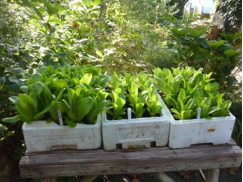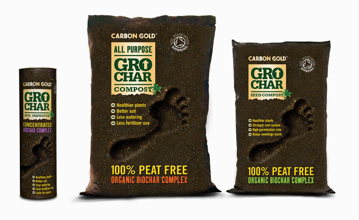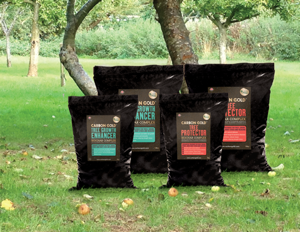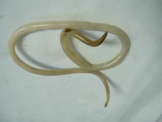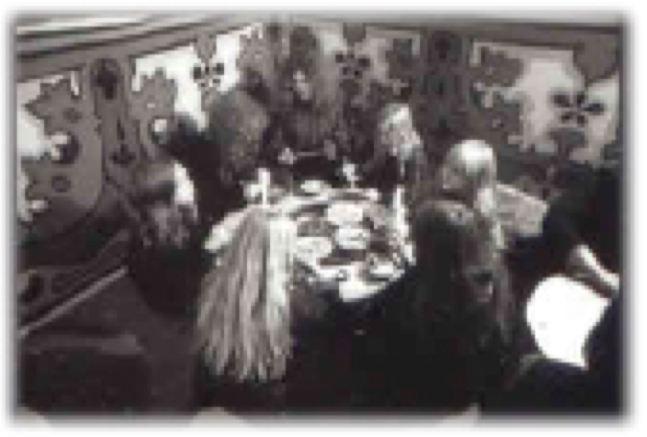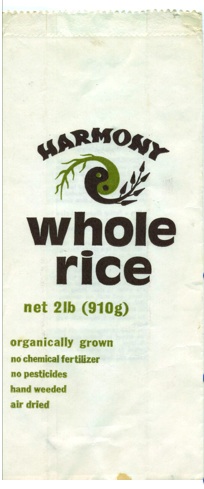The soil is a vast living organism, stretching across continents with an interconnected ‘mind’ – a consciousness that spans countless numbers of tiny living beings. All those living things have an energy field. A healthy soil has the combined energy field of thousands of different organisms. We are part of that energy field – when we disrupt it we disrupt our own spirit and consciousness.
Ploughing the soil breaks up this social community and forces it to rebuild, with many participants dying and decomposing during recovery. Adding artificial fertilisers to soil breaks the cycle of mutual nourishment between plants and the living soil, and the soil dies. Fungicides and pesticides also kill the life in the soil. When the living organisms in the soil die, the soil dies and disintegrates. To kill soil, therefore, is a slow form of suicide by humankind.
When life on Earth began 500 million years or so ago there was just a small population of fungi living on rock. The fungi would erode the rock, squeezing out small amounts of carbon, breaking it down into small pieces of sand, smaller ones of silt and the smallest particles of clay. There were minerals, but they had no life in them.
Then blue-green single-celled organisms called ‘cyanobacteria’ (‘blue bacteria’) harnessed sunlight in order to turn carbon dioxide and water into a simple carbohydrate, glucose sugar. These bacteria had invented photosynthesis and a new way to make carbohydrate. The fungi locked these cyanobacteria into cells so they could take control of their sugar output. They then created green ‘chain gangs’ – the earliest plants – by joining the cells together and surrounding their roots. These chain gangs of cyanobacteria got bigger and bigger, organised into fan shapes and leaf shapes to maximise capture of carbon dioxide. Internal tubes in the plants served as veins to deliver the sugar to the fungi in the soil and take up water and nutrients in return. Plants have been the food source of ‘mycorrhizal’ (‘root fungus’) fungi ever since.
Nothing has changed today. An oak tree is a collection of tubes that carry water and minerals up to the sugar factories in the leaves and carry sugar down to the mycorrhizae clustered around the roots. The mycorrhizae produce superfine filaments (‘hyphae’) – there can be 10 miles of these superfine threads in just a tiny handful of soil. Fungi communicate with each other and with other soil microorganisms through chemical signaling, electric pulses, smell and touch. They control the sugar supply to all the other organisms in the soil – without sugar nothing can live. The fungi rule, deciding which bacteria to nourish and therefore which shall flourish. If an emerging plant needs more sugar than it can produce, the mycelial network of fungi will deliver extra amounts to the plant to help nurture its growth. The mycorrhizal community of the soil has been described as “associations for mutual aid and the promotion of common interests.” We think that plants compete with each other for nutrients, but it is the fungi that regulate their diversity and growth rate. The soil, undisturbed, is a mutual support network with sugar as the common currency. Every time a fungus or a plant dies it is recycled to become the organic matter that holds together the living soil of tiny rock particles.
At least 10,000 different bacteria and fungi dwell in the soil. They all need sugar. They all get it from the mycorrhizae. Some, like the omnipresent actinomycetes bacteria, mimic fungi in shape, joining up to form long filaments similar to the hyphae. Those filaments are tubes that channel mineral nutrients and water to the fungi. Every time an earthworm consumes actinomycetes it excretes six times as many as it ingested. Actinomycetes give off the characteristic smell we associate with fresh good soil.
Some root-eating nematodes, tiny worms, don’t cooperate – they prefer just to eat plant tissue. Mycorrhizae entrap these nematodes with lassoes or sticky exudates from their hyphae and then digest them for their protein while protecting the plant roots. Some fungi are parasitic and are seen as disease on plants. The antidote to them comes from the soil. Soil bacteria produce salicylic acid, jasmonic acid and ethylene – natural antibiotics that kill or repel parasitic organisms. If a fungal spore lands on a plant’s leaf, the plant is ready with its defences because the soil community’s underground internet has already forewarned of approaching threats.
Mycorrhizae produce glomalin, a sticky substance that helps keep the particles of sand, silt and clay aggregated together. This gives soil its structure. Throughout this structure there are pathways of varying dimensions, whether made by fungal and bacterial threads or by worms. These passages aerate the soil and help the absorption and the retention of water and nutrients.
Without mycorrhizae the glomalin level drops, the network of life that glues it all together falls apart, and the soil washes or blows away as dust. As a result of modern agriculture, this erosion of the world’s soils causes losses annually of 10 to 80 tonnes of soil per hectare. This represents a loss of 1.8% of the world’s useable farmland every year. Some lost soil is replaced by deforestation – but we’re running out of forests. Organic farming can bring dead ‘farmed-out’ soils back to life after a few years of fallowing and regular additions of compost. This regeneration can be accelerated with the addition of biochar: finely ground charcoal. Zeolite performs a similar function, but is less durable. When biochar is present in soil at between 5% and 10% by volume, the population of mycorrhizae and bacteria increases by anything from 2 to 100 times. This increase in life generated delivers more glomalin and more vitality. This supports the creation of healthy, fertile soil.
The soil’s living community provides an example to our society of how a cooperative community of plants and microorganisms can maximise and efficiently share the production of food derived from the abundance of water, sunlight and carbon dioxide with which our planet is blessed. It is a model of efficient use of resources that our farming systems should corroborate and emulate.
Soil is the soul of society. It is where life began – it is where life begins. We treat it like dirt at our peril.
Craig Sams will be speaking at Restoring the Soil, Schumacher College, 2–6 February, 2015.
Craig Sams is a former chairman of the Soil Association and co-founder of Carbon Gold, a company which develops biochar products.






























